Watches and Formula 1 – Episode 6 – McLaren & Richard Mille
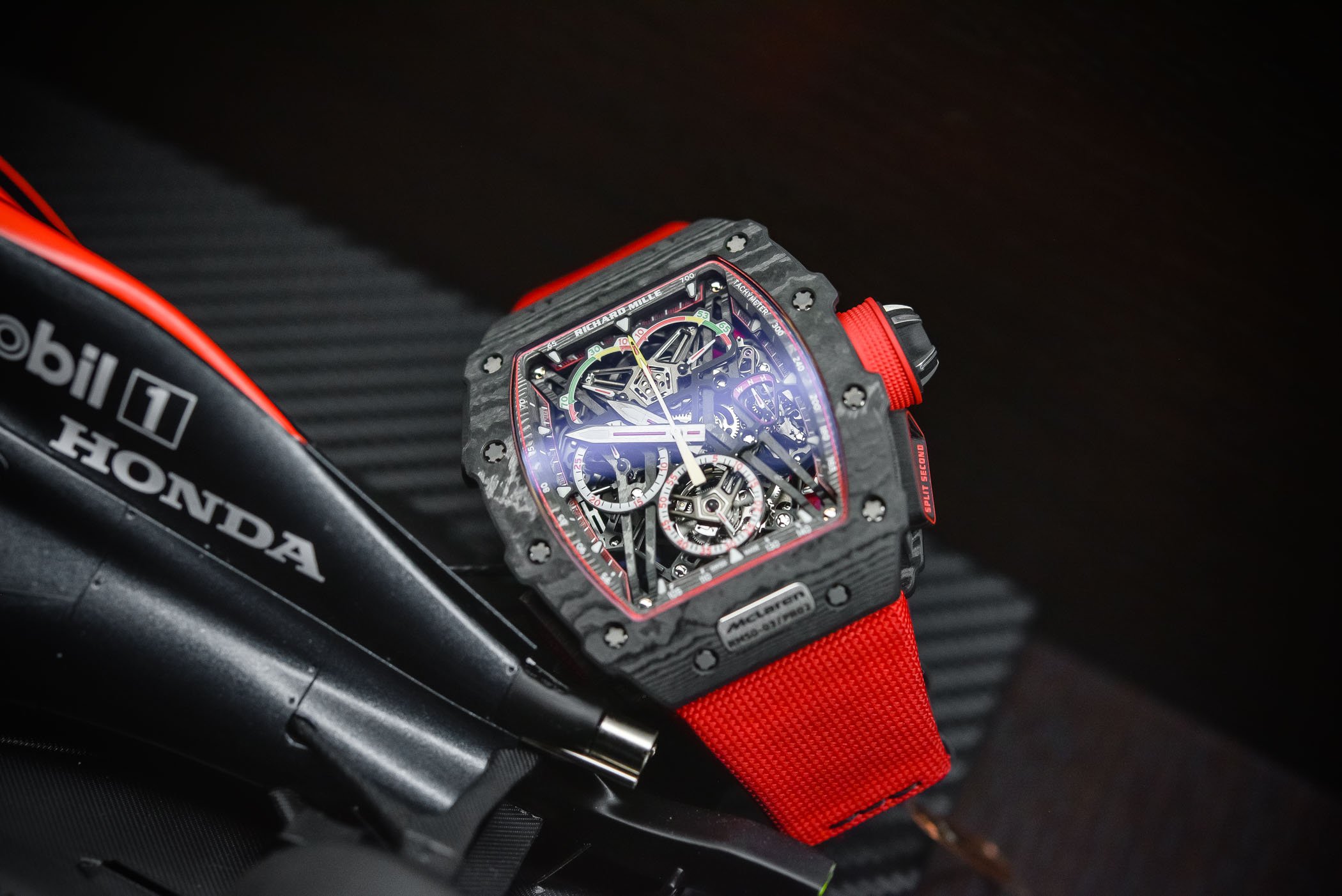
McLaren: the winningest (is that a word?) constructor in Formula 1 after Ferrari, the second longest running team in the sport (with a continuous participation since 1966), producer of many memorable cars, host of legendary driver line-ups, and delivering championship contending cars through most of their history. Hitting a dry spell since 2015 though, the team has the resilience to get back on top, although talks of a McLaren-Honda split refuse to go away. As far as their timing partner is concerned though, relations seem much calmer. Richard Mille is a cutting-edge watch manufacturer, using the most advanced technology and exotic materials, and indeed is very similar in many ways to the image of this major F1 team.
The story starts with young Bruce McLaren, born in New Zealand, racing a restored and prepared Austin Ulster 7 in an unofficial hill climb in 1952. Despite being only 12 years old, he showed a talent for racing, and only two years later he entered his first professional race. He moved up to a Cooper F2 car, which he began to master and develop himself, resulting in the runner-up spot in the 1957-58 season of the New Zealand championship series. He was granted a “Driver to Europe” scholarship (sort of) by the New Zealand International Grand Prix organization. After Jack Brabham noticed his talent during the 1958 New Zealand Grand Prix, Bruce McLaren moved to the UK and raced quite successfully for a number of years. In his first race, driving a Cooper F2 for the 1958 German Grand Prix at the Nürburgring (fielding both F1 and F2 cars) he finished an impressive first in class and fifth overall. Surrounded by F1 greats, Bruce McLaren started winning races the next season.
In 1959, he joined the Cooper Formula 1 team as a driver, alongside team owner (and driver) Jack Brabham, and won the United States Grand Prix that same year. A year later the team racked up the Driver’s Championship, with Jack Brabham scoring 43 points and Bruce McLaren coming in second with 37 points and the Constructors Championship. More wins followed including the 1962 Monaco Grand Prix and the 1964 New Zealand Grand Prix.
Bruce McLaren continued to drive for the same team until the end of the 1965 season, while he founded the Bruce McLaren Motor Racing Ltd in 1963. After his departure from Brabham, he announced that McLaren would be entering Formula 1 under their own strength with himself and fellow-Kiwi Chris Amon behind the wheel, with their debut in 1966. By 1968, the reigning World Champion Denny Hulme would join the ranks, replacing Amon who left for Ferrari. Success would ensue, as Bruce McLaren took his fourth win, and the first in his own car (something that has not repeated itself to my knowledge!) at Spa Francorchamps, Belgium that same year. In 1969, the team raced to third in the standings despite taking no wins that season.
Currently focusing on Formula 1, and GT racing on the side (not being disrespectful here!) McLaren used to be active in all sorts of different divisions, from open-wheeled (F1, Indy500) to prototype racing (Can-Am, Le Mans 24 hours), whilst also supplying cars to privateer teams. In the early days, Bruce McLaren himself would regularly be behind the wheel, and continued adding to his tally of impressive results. The team dominated the Canadian-American Racing Series, or Can-Am in short, between 1967 and 1972 (and a genuine clean-sweep in 1969, winning ALL races of the season!) entering thunderous prototypes with massive Chevrolet V8’s. This championship was a rival for F1 in terms of speed, and some even believed them to be quicker when compared head to head on the same track, giving you an idea of the mental things going on here. Power output of 600 horsepower and up was no exception, where Formula 1 “struggled” to put out 300 horsepower. Advanced aerodynamics, lightweight materials such as fiberglass and magnesium, combined with early ground-effect experiments were implemented long before Formula 1.
Until Porsche’s dominance took over during the early seventies, McLaren remained a potential winner in every race. After the first McLaren M1 and its successor M3 proved fast, but unreliable, and the delay of entry to Formula 1 allowed the team to develop their racing cars at an incredible pace, the Chevrolet V8 powered McLaren M6D was introduced which won all but 1 race in the 1967 season, heralding the beginning of the reign of McLaren in CanAm racing. Outside of F1 and CanAm, Bruce also entered and won the Indianapolis 500 and the 24 hours of Le Mans, becoming one of the few can claim the Triple Crown of Motorsport as a constructor (Indianapolis, Formula 1) or driver (24 hours of Le Mans).
As a driver, Bruce piloted the legendary Ford GT to a win in 1966, sharing the seat with Chris Amon and two other Ford GT40’s finishing second and third, locking out the podium and putting up the proverbial middle finger to Ferrari in the process. The rivalry between the two brands is heavily documented, but let’s just say that Henry Ford was quite disgruntled after Enzo Ferrari backed out of a take-over at the last minute. This sparked Ford’s anger and determination to beat them at the biggest sports-car race of the year. The Ford GT40 took some time to develop and get into a winning mood as the cars failed to finish in 1964 and 1965. A clean sweep in 1966 and the first Ferrari crossing the line in 8th place, Ford gave Ferrari the proverbial middle finger. With 4 wins in 4 years it is one of the stories that make the Le Mans 24 Hours venue one of the greatest in the history of motor racing.
Back in those days, it was fairly common for drivers to run all sorts of cars, often with multiple races over a single weekend. Bruce McLaren was no stranger to this, as his records show wins in a range of different cars, but his career came to a tragic end due to a fatal accident in training in 1970. As he was testing a McLaren M8D at the Goodwood circuit in the UK, the rear bodywork came off at a high-speed section of the track, destabilizing his car which threw it in a spin and smashing into a bunker used as a flag station.
We’ve ventured of course a bit, but I just get excited with this stuff. It is the golden age of motor racing to me. Nothing was impossible, nothing was deemed too crazy. Drivers were hairy-chested playboys that literally risked their life every time they raced.
Over the years, McLaren has become very successful, winning no less than 1 in (roughly) 5 races and competing continuously since 1966. In that 51-year period, they have started 810 races, winning a massive 182 of them! And the list goes on; 155 pole positions, 154 fastest laps (the FIA used to award 1 point for this), 485 podium finishes, 47 first and second place finishes. Despite the fact, Ferrari surpasses them on some of these statistics, McLaren has produced 12 World Champions and has been Constructors Champion in 8 seasons. If you look at the list of drivers, they employed a legendary line-up. Men like Emerson Fittipaldi, James Hunt, Niki Lauda, Alain Prost (3x champion), Ayrton Senna (3x champion), Mika Hakkinen (2x champion) and Lewis Hamilton all topped the standings at the end of one or more seasons. During that 51-year span, McLaren has headlined some of the greatest moments in the history of the sport.
the playboy driving for McLaren, and the calculated Niki Lauda driving for Ferrari. This is one of the greatest rivalries in the sport, immortalized in the movie “Rush” by Ron Howard (a must-watch for F1 fans). Niki Lauda famously crashed out of the 1976 German Grand Prix at the Green Hell, the Nürburgring. Suffering severe burns, both external and internal after inhaling hot smoke into his lungs, Lauda was determined not to give up and was back in the car after 6 weeks. James Hunt would go on to challenge for the championship in his Marlboro McLaren M23 Cosworth and eventually won it with a 1 point lead over Lauda. During the final race of the season conditions were so appalling that Lauda deemed it too hazardous to continue and withdrew after 2 laps. Hunt needed 3 points or more to clinch the title, which meant that he needed to came in third or better. During the race, he dropped down to 5th, but eventually battled his way to third with just two laps left, winning the championship.
Another fascinating rivalry is yet another clash between two greats; Ayrton Senna and Alain Prost. Both driving for McLaren in 1988, it is a fitting reminder that it is not always a good thing to have two (multiple time) championship winning drivers in the same team. It can lead to internal fights and disagreements and on-track collisions if things spiral out of control. Both being potential champions in 1988, with a seemingly unbeatable car, Ayrton Senna and Alain Prost had the chance to win the championship. Winning 8 races, Senna eventually came out on top to win the title. That year, McLaren managed to score over 3 times as many points as runner-up Ferrari (with 199 over 65 points) and a record 15 wins out of 16 races. The Senna-Prost rivalry came to a literal clash when both men were still driving for McLaren the following season.
The title-race in 1989 came to a controversial end though, with Prost and Senna colliding in the low-speed chicane on the Suzuka track during the Japanese Grand Prix. Prost stalled, and failed to restart his car so was out of the race. Senna got pushed passed the chicane by marshals to rejoin the race but was black-flagged as race-control concluded he had missed the chicane. This DNF for Senna meant that Prost took the title. A year later, again at the Japanese Grand Prix, Alain Prost was now driving for Ferrari. Senna ploughed into the back of Prost, taking them both out of the race. Senna was in the lead of the championship standings (with a 10-point gap and only 9 points awarded for a win), and considering this was the penultimate race, he clinched the title.
In comparison to their scarlet clad competitors, McLaren has never relied on their own engines, and has seen some ups and downs from one supplier to the other. The eighties were the team’s golden years with TAG-Porsche and later Honda engines in the iconic red-and-white Marlboro livery. In a 10-year span, McLaren became champion (as a constructor) 6 times and the other 4 seasons they finished runner-up. In that same period, the team produced 7 Driver Championships with three different drivers (Lauda, Prost, Senna). Just like in CanAm, some years the team was so dominant that other teams failed in comparison. In 1984 for instance, the McLaren MP4/2B at the hands of Niki Lauda and fitted with TAG-Porsche 1.5L V6 Turbo engines, the team won 12 of the 16 races, scoring 2,5 times as many points as Ferrari in second place! Just 4 years later the duo of Senna and Prost even managed to win 15 out of 16 races in the mighty Marlboro McLaren MP4/4.
The turbo-era was almost coming to its end, and power output had gone down a tad at that point, but the cars were still pushing close to 1000hp. The 1.494cc Honda V6 Turbo produced over 600hp per litre, a staggering amount of power! To make a comparison, the current F1 cars are fitted with a 1.6 V6 Turbo Hybrid, and puts out the same power levels (roughly). Do take into consideration that the technology is far more advanced now, and if it wasn’t for the current restrictions such as a maximum number of engine revs, the current engines can produce even more horsepower.
During the nineties and much of the twothousands, McLaren used Mercedes engines, and this partnership enabled the team to once again challenge for the championships. Mika Hakkinen and later Lewis Hamilton challenged for the title almost every year, not forgetting the drivers who happened to miss out on it, still pushing for race wins, and racking up points left and right.
After the years of competing with Ferrari and Red Bull during the early 2000’s, with Lewis Hamilton, Jenson Button and Fernando Alonso fighting for titles, the team is in a troublesome predicament right now. The switch from customer Mercedes engines to a works Honda partnership has provided what the team wants, but there have been constant problems with their new engine partner struggling with reliability and competitiveness. Many fear the team will have a hard time to recover and will take some years to be ahead of the pack again. Talk (and mostly rumors!) about a McLaren-Honda split are starting to arise again, especially when high-ranking Porsche officials attended the Austrian Grand Prix and seem open to talk about supplying engines to Formula 1 as an outside party. But, as history has proven, Honda is capable of producing race winning engines! For instance, when turbocharging became outlawed, Honda delivered a 3,5L V10 engine (with a wicked soundtrack!) which continued the winning streak. Just take a look at Senna mastering the streets of Monaco in the Marlboro McLaren Honda MP 4/6:
Personally, I really hope that McLaren and Honda can work out all the kinks soon and start competing for race wins again! That would be a welcome change on the podium, and also in terms of their watch sponsor as we’ve seen enough IWC, Hublot and Tag Heuer these past years (only joking of course!). As for their timing partner, McLaren struck a deal with the equally technically innovative Richard Mille 10 years ago. No strangers to Formula 1, or motor sports for that matter, Richard Mille embodies perhaps the perfect philosophy and have joined forces with drivers and teams before. They have been a partner for the Lotus-Renault team, and made a watch with/for Romain Grosjean. Besides on the wrist of official partners and brand ambassadors, Richard Mille watches can be spotted on the grid fairly often as among others Martin Brundle owns (at least) one and I have recently spotted Alain Prost wearing one too. And, let’s not forget the Richard Mille & Felipe Massa connection! Felipe has been a fan, partner and proud owner of the brand and its watches for many years, resulting in various creations, even to the point that he was employed by Williams, a team that is sponsored by Oris, and could be seen wearing a Richard Mille when he crashed out of his last ever (at that time anyway) race in Sao Paolo, Brazil.
As for the link to motorsports, Richard Mille (The CEO, not the brand), has been fascinated with cars and racing since he first attended a Formula 1 Grand Prix. His first ever race to attend was the Monaco Grand Prix of 1966, coincidently the first ever race that saw a McLaren Formula 1 car on the starting grid. And, as a little side note, Richard Mille (again, the CEO) now owns that very car so the partnership with McLaren was a solidification of a spark ignited over 50 years ago. Nowadays, Richard Mille (the brand, not the CEO) is tied with F1 drivers and two teams (Haas, to be covered in one of our next chapters) and the Le Mans Classic 24 Hours.
Richard Mille is a brand that avidly tries to produce watches that can withstand the most extreme conditions. Whether it being a watch that can withstand and display the G-forces you are impacted with (and this one too), or simply a super lightweight construction for tennis ace Rafael Nadal, they are designed to take high impact! For 2017, Richard Mille has launched the first McLaren-Richard Mille timepiece, celebrating their 10 year partnership. And, in true Richard Mille style, this was one with an impact. Costing a whopping 1.1 million dollars, the Richard Mille RM 50-03 McLaren F1 was shown to the public during the SIHH in January of this year. A hyper-technical watch, as our associate editor Brice called it, the RM 50-03 houses an ultralight tourbillon, split-second chronograph movement. I hate to call this a skeletonized movement, because really it isn’t. Skeletonizing a movement means taking out excess material (or at least remove material where it can be removed) and Richard Mille does things very different. The entire construction is built with lightness in mind and it shows in the structure of the movement. Extensively applying titanium and carbon, the movement weighs 7 grams in total which is incredibly light! Apparently, it is also able to withstand 5,000 G’s in force. To put things into perspective; the human body can withstand sudden impacts of over 100 G’s but a sudden impact of over 80 G’s is considered fatal. A consistent rate of 16 G’s sustained over a period of a minute is almost always lethal.
A record-breaking watch at only 38 grams including the elastic textile strap, it is the lightest tourbillon chronograph watch to date, and I assume it will be for some time, probably only to be bested by the next super lightweight Richard Mille. Incorporating ultra-innovative state of the art materials and composites, this is a true technical powerhouse. What makes the Richard Mille RM50-03 so extremely light is the use of titanium, carbon, TPT and something called Graphene. I could attempt (and probably fail) to explain and get across what Graphene is exactly, and how it was developed after years of research. I could go into depth and lose probably most, if not all of you in explaining it, but I am still going to take a stab at it. It Graphene is a very stiff, lightweight material, and compared to steel it 200 times more resistant. Graphene is built up of a single layer of carbon atoms in a hexagonal lattice. When layered together as a laminate, the only space is the interlayer space in between. The laminate becomes impenetrable for even the smallest gas molecules (Helium) and if treated even becomes impenetrable to water.
The Richard Mille RM50-03 McLaren displays time via central hands, elapsed time by its split-second chronograph functionality, an indicator for winding, neutral or setting a power reserve indicator at 11 o’clock and a torque indicator for the tension in the mainspring, all powered by a manual wound tourbillon movement. The torque indicator is an interesting, rarely seen feature. It shows you how tight the mainspring is wound, and the various stages of tension. If it is in the red it is either too slack or too tight and within the green zone it is in the best possible window of tension. Luckily over-winding is not possible due to a protective system in the crown. Ps. The watch has now McLaren orange accents instead of red, like on the prototype photographed here.
To come to a conclusion, in terms of a partnership, this is a fitting one. Cutting edge materials, technology, pushing back boundaries, McLaren and Richard Mille share the same philosophy and ideology. Let’s just hope something good can continue to spark off of this and bring both brands further. McLaren back on the winning streak where they belong, and possibly the best driver of the field back on the (top step of the) podium, securing his third title!
More information on McLaren.com, RichardMille.com or the dedicated Richard Mille & McLaren website

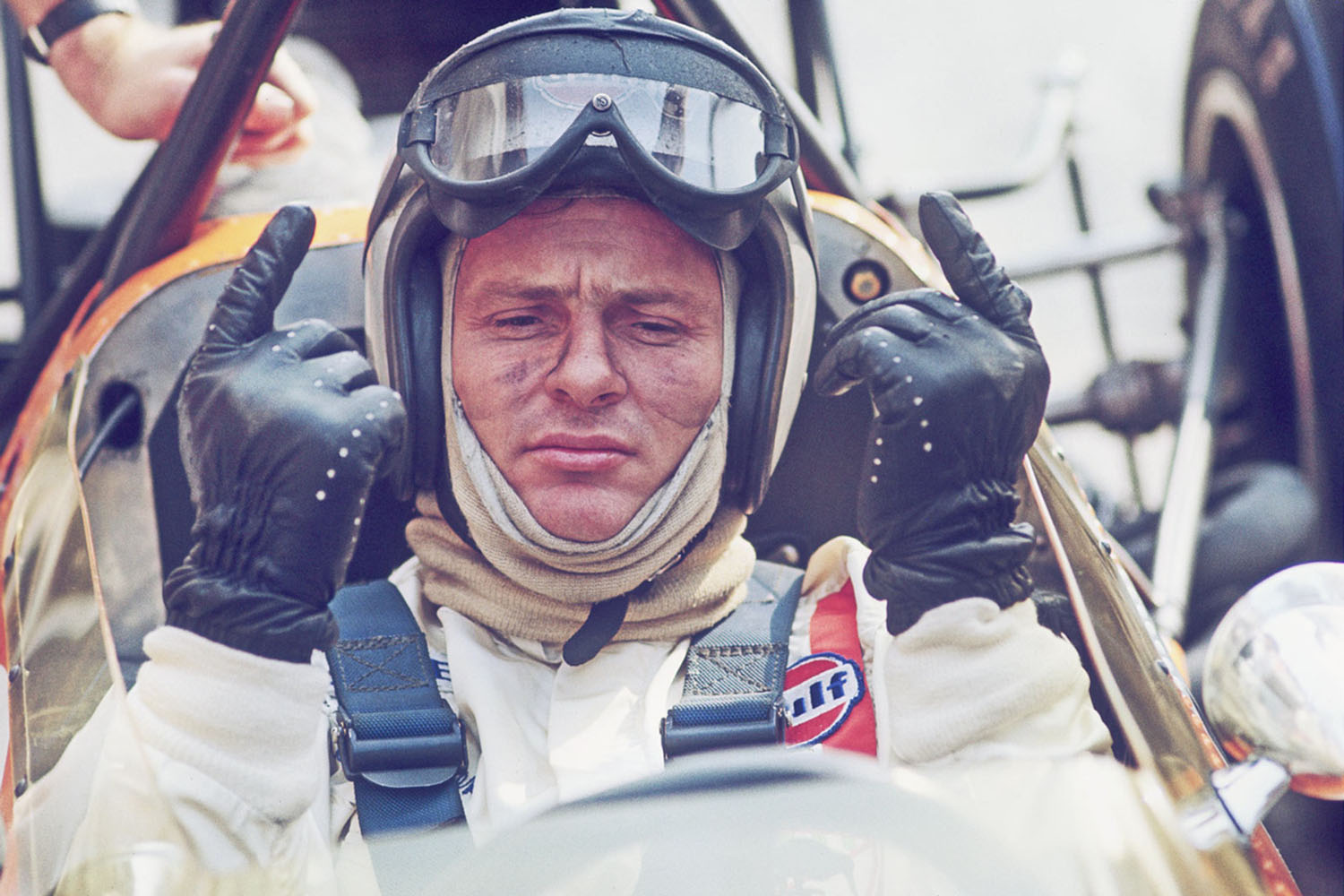

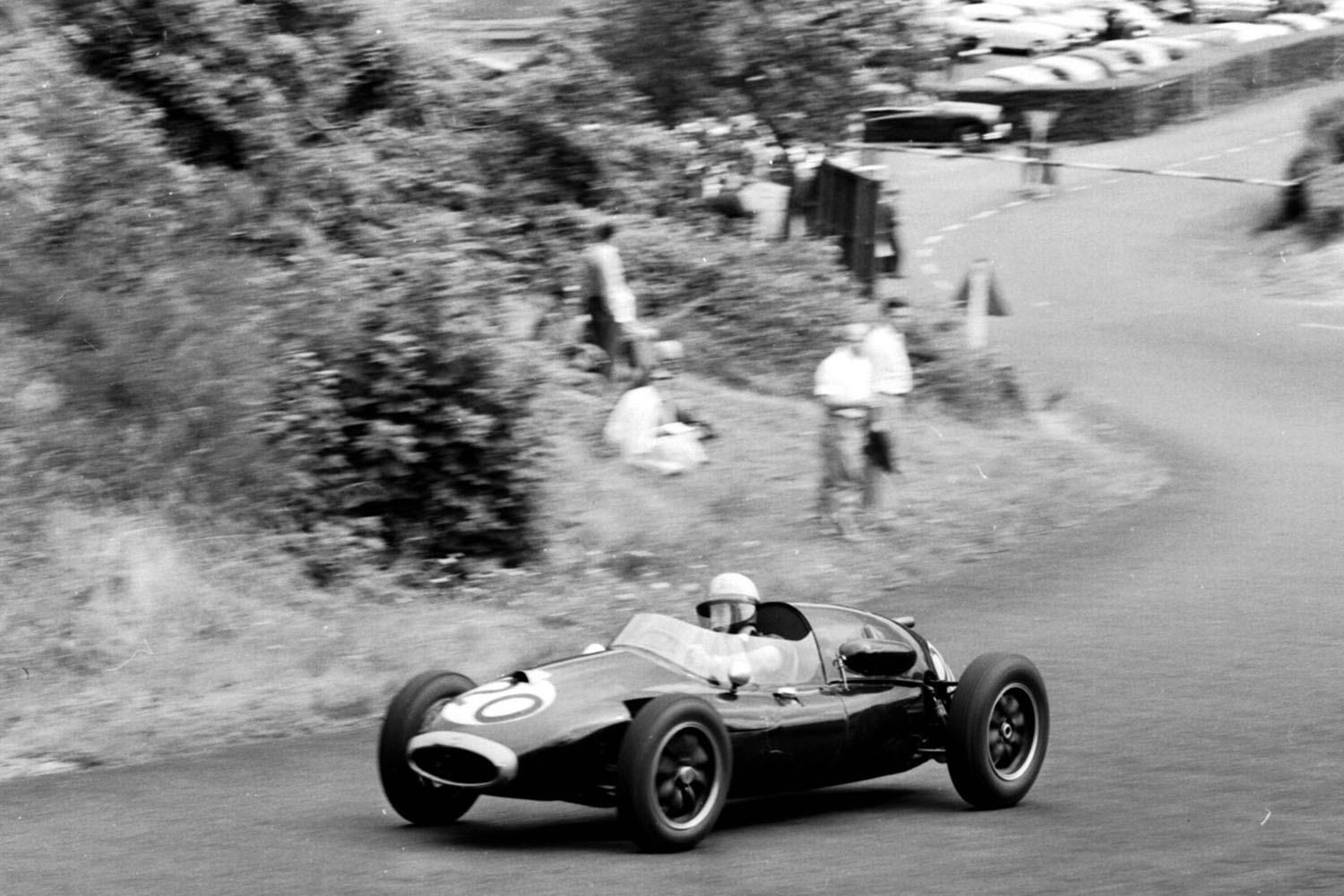

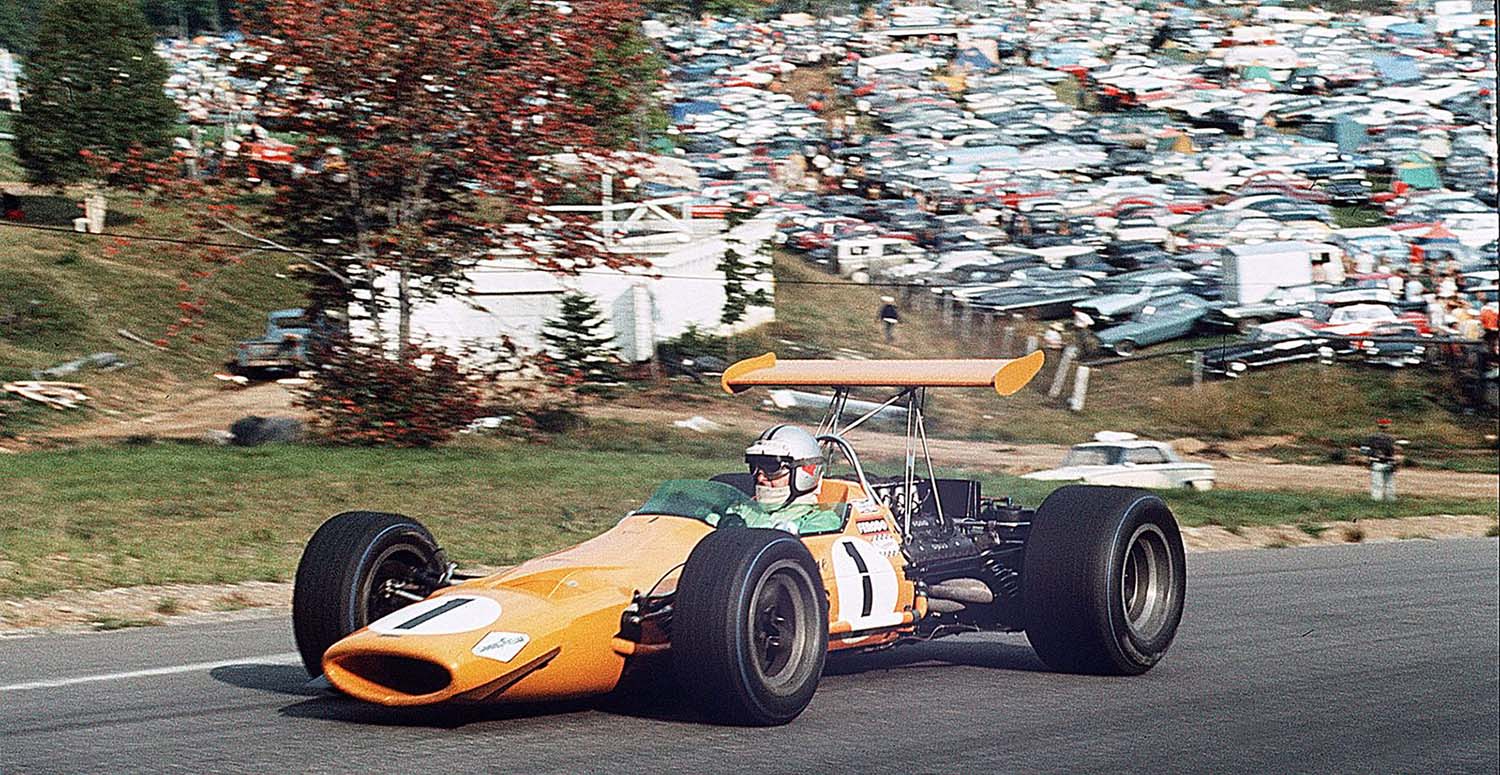
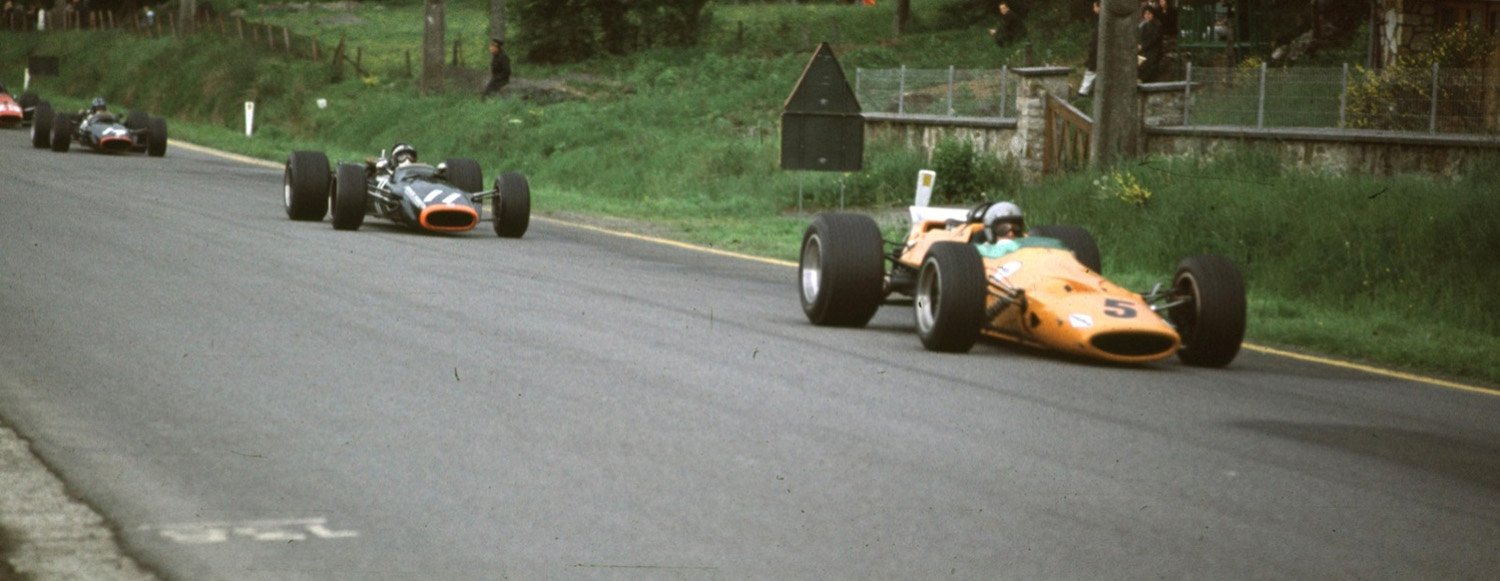
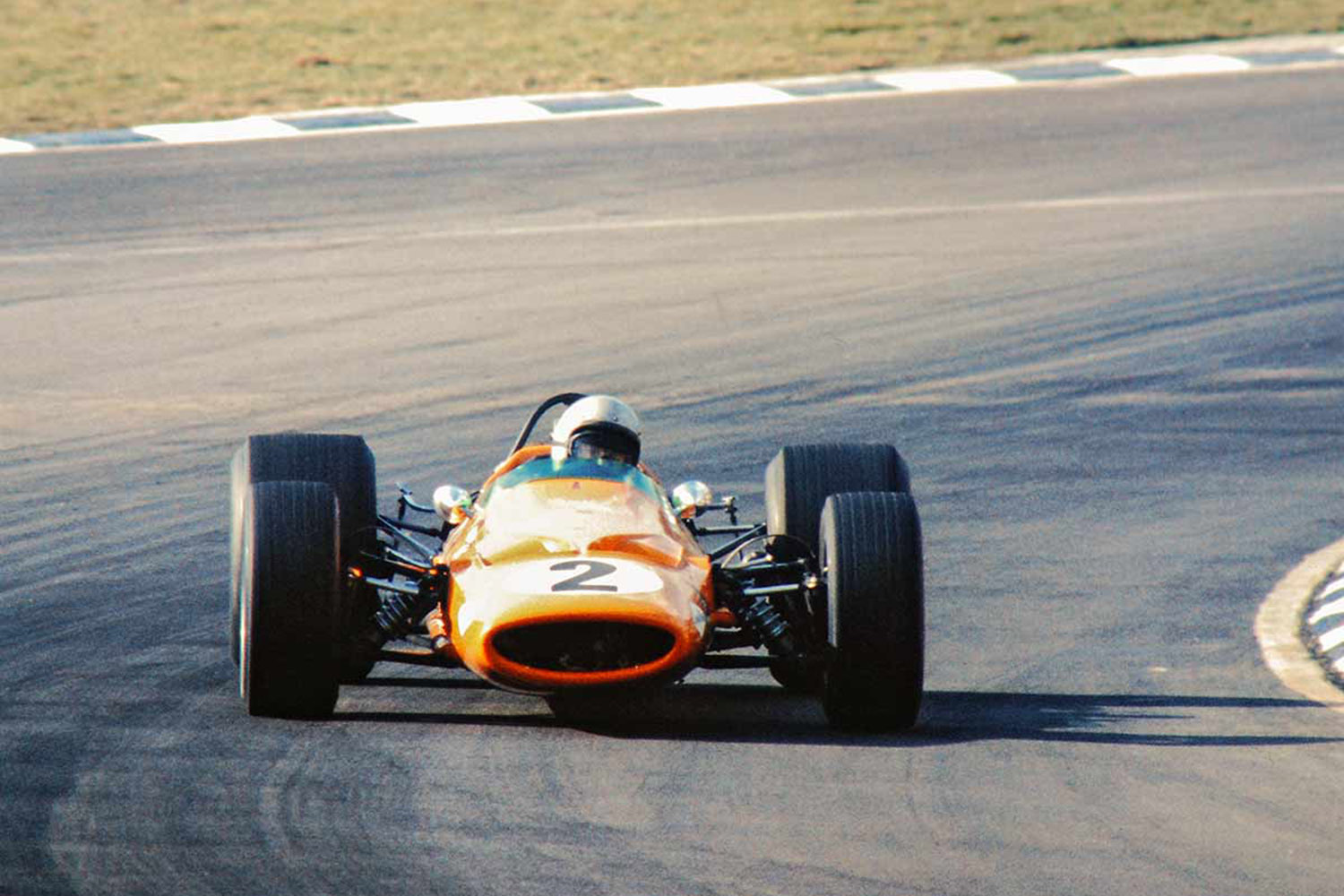
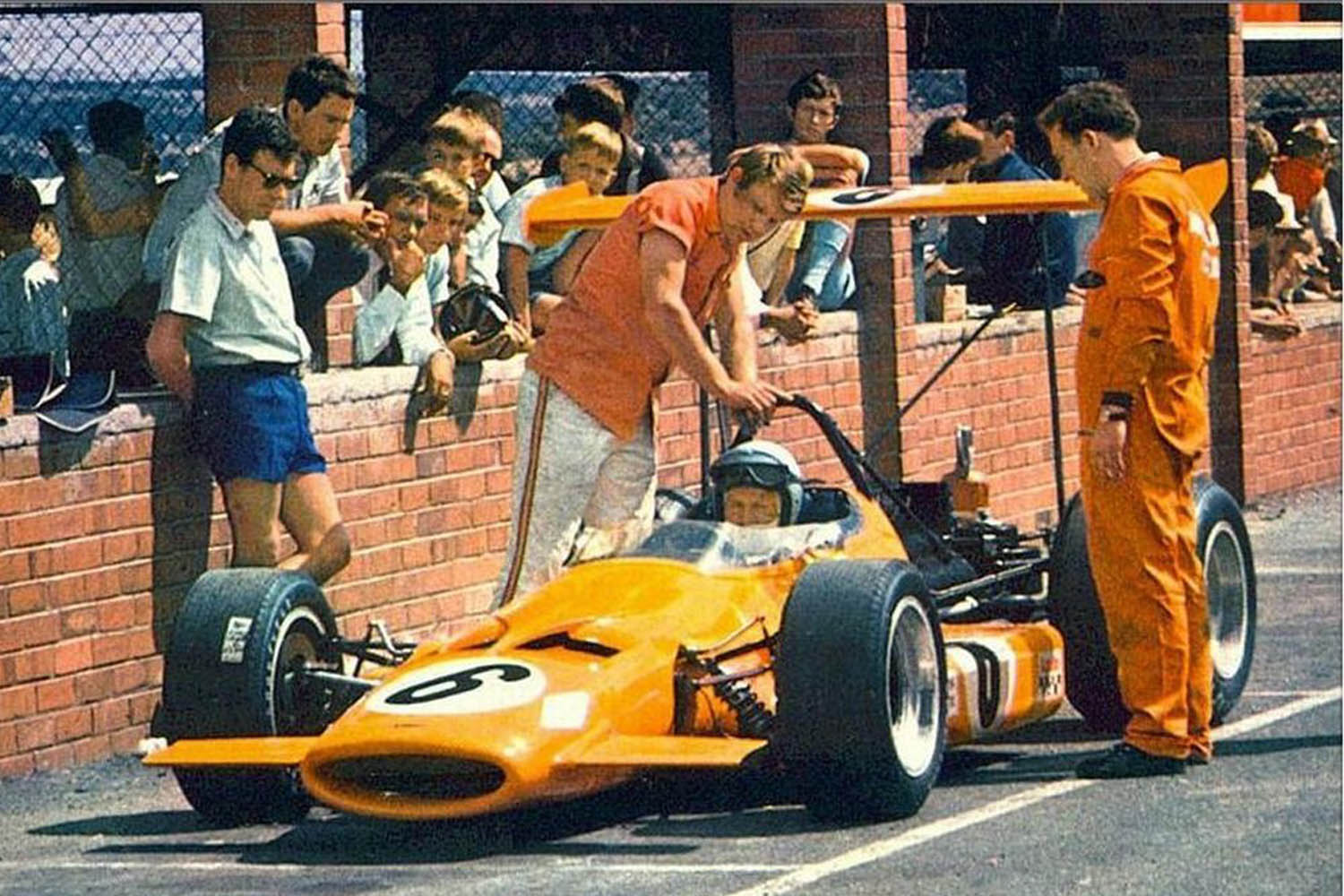
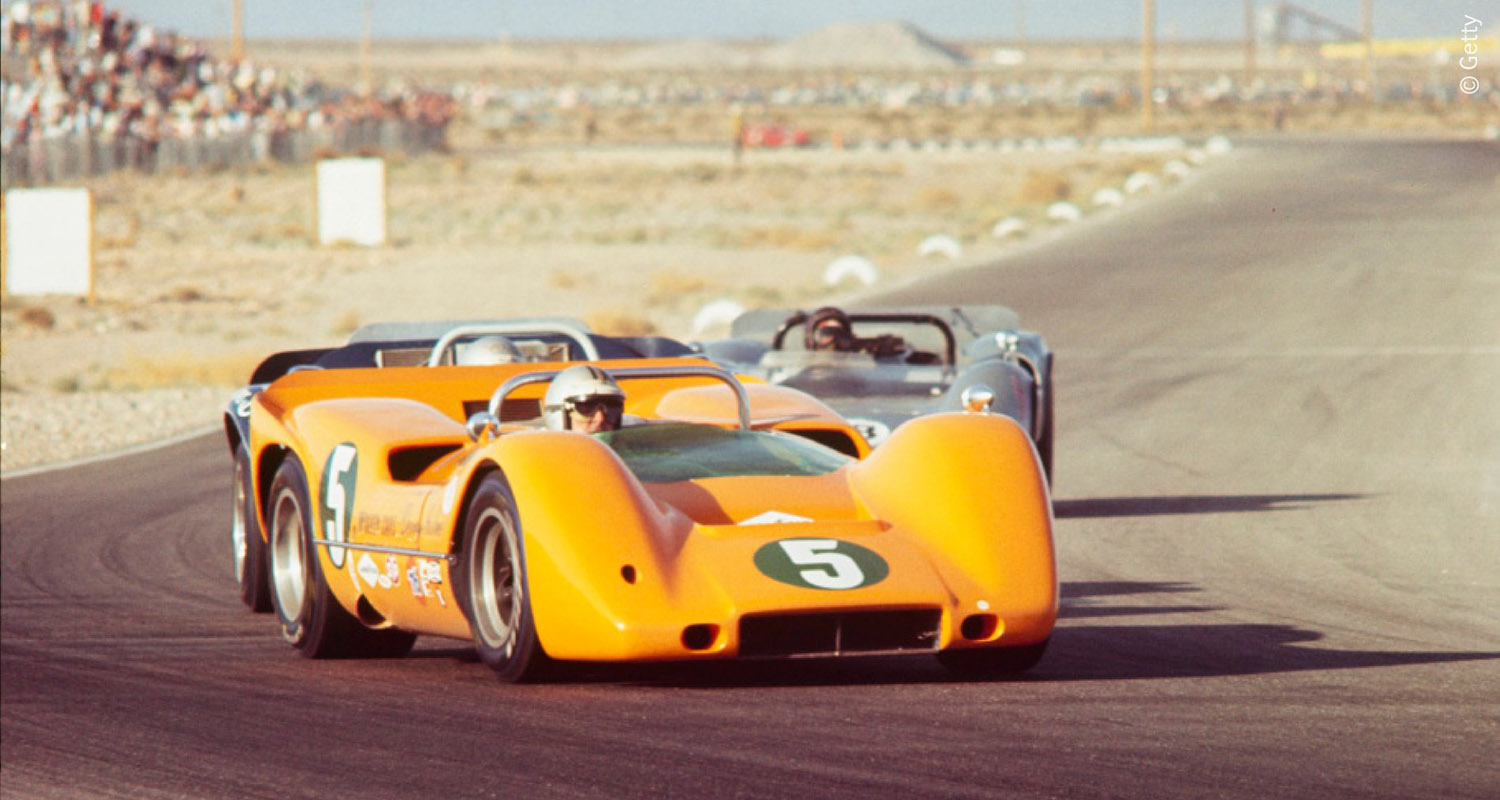
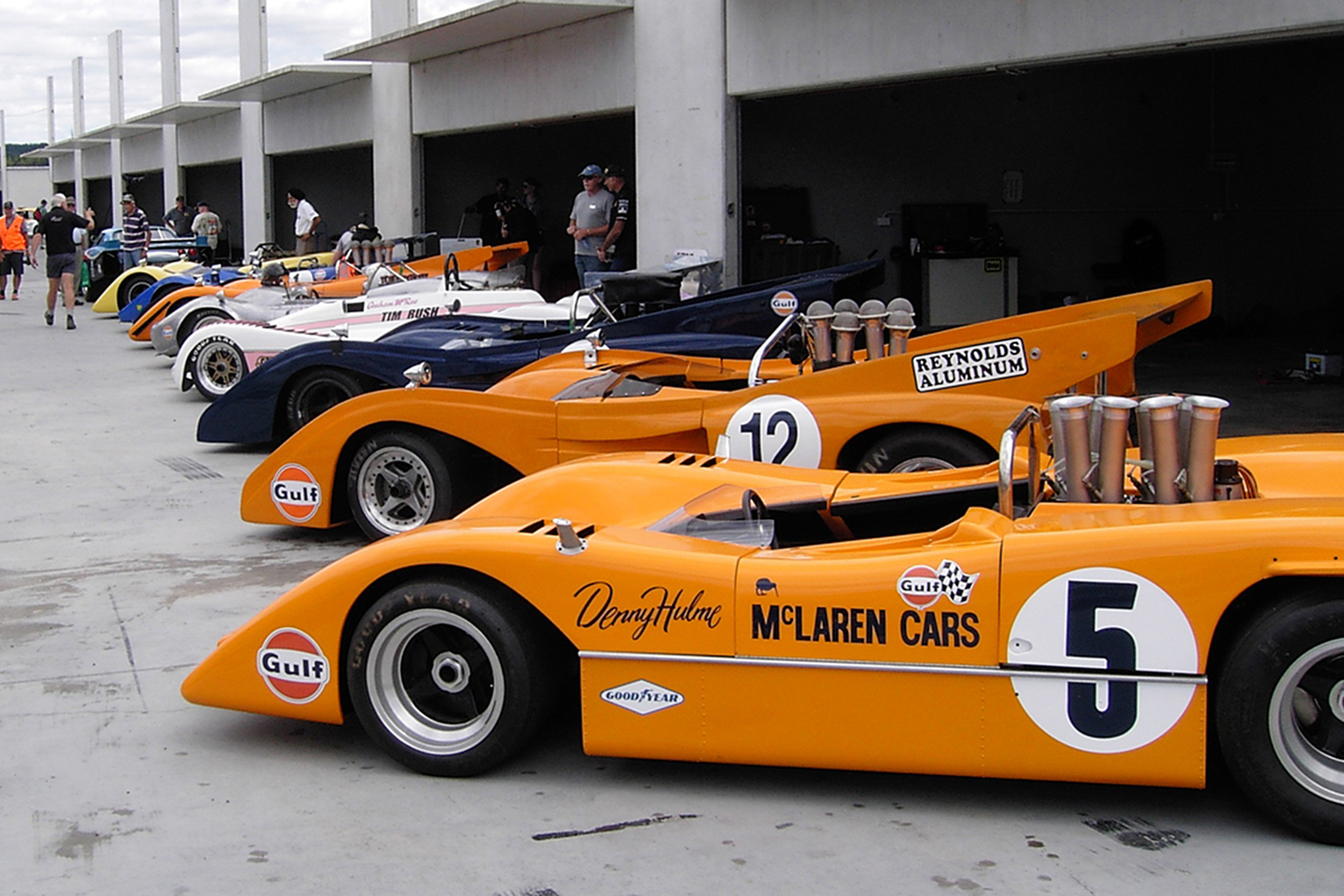
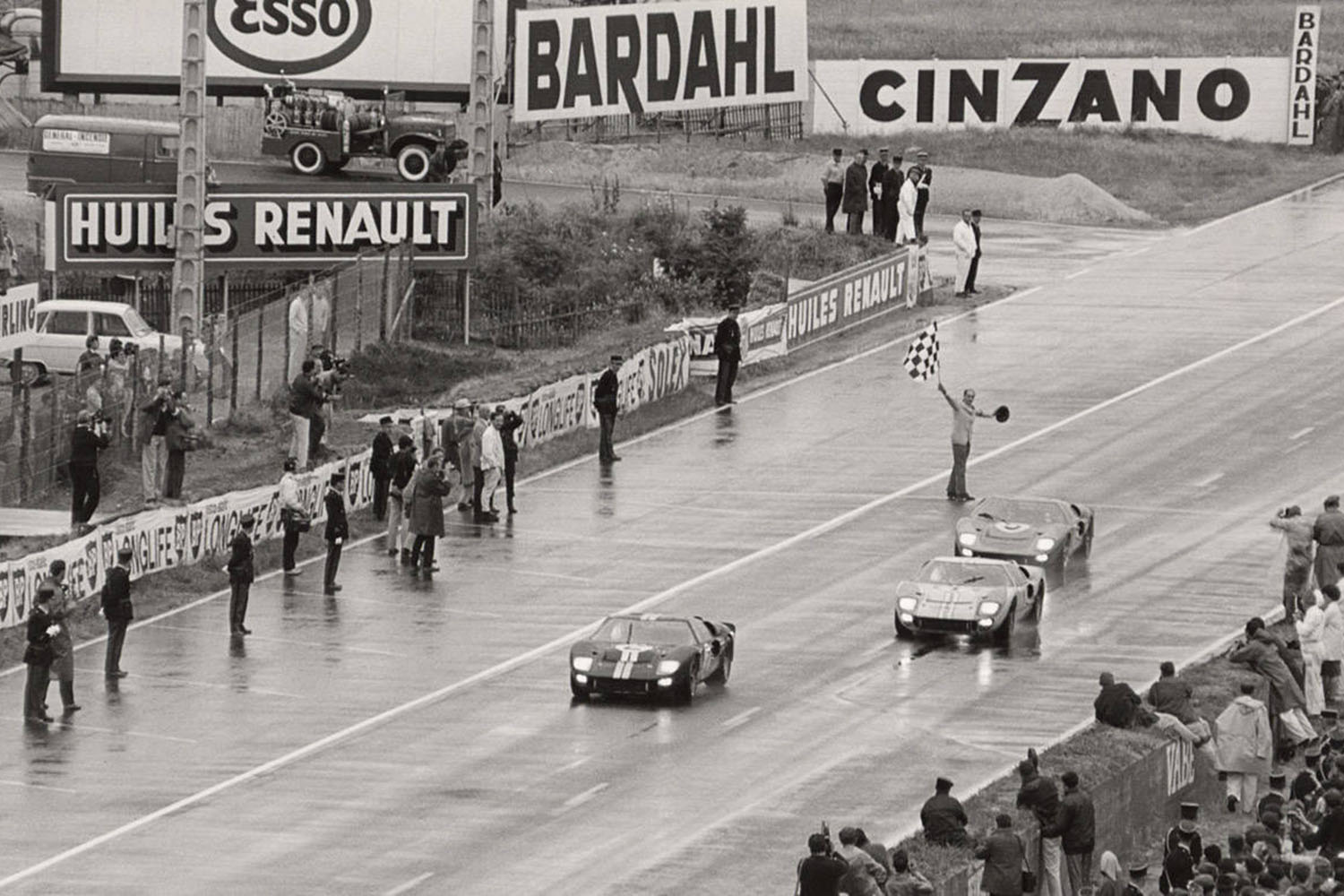
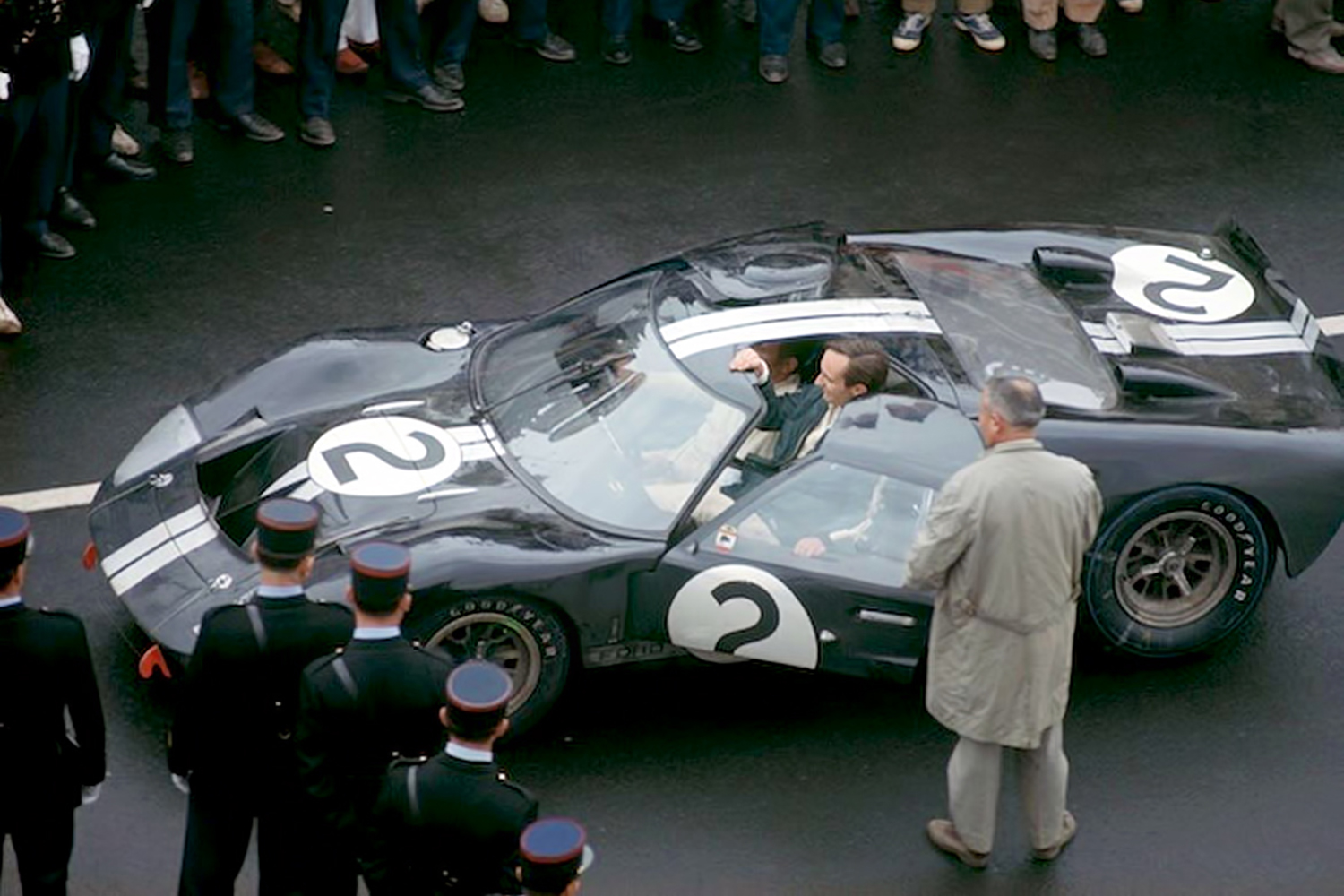
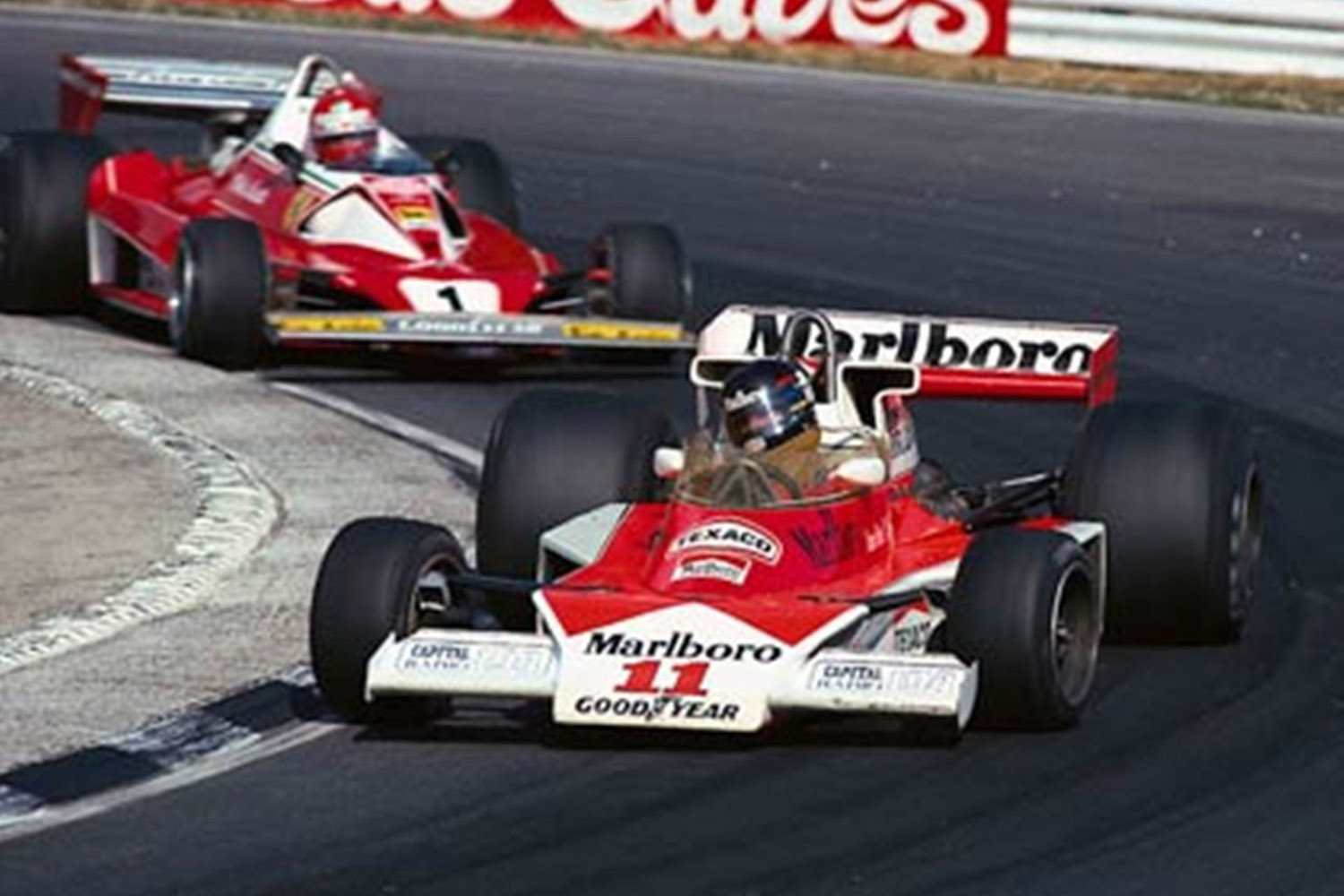
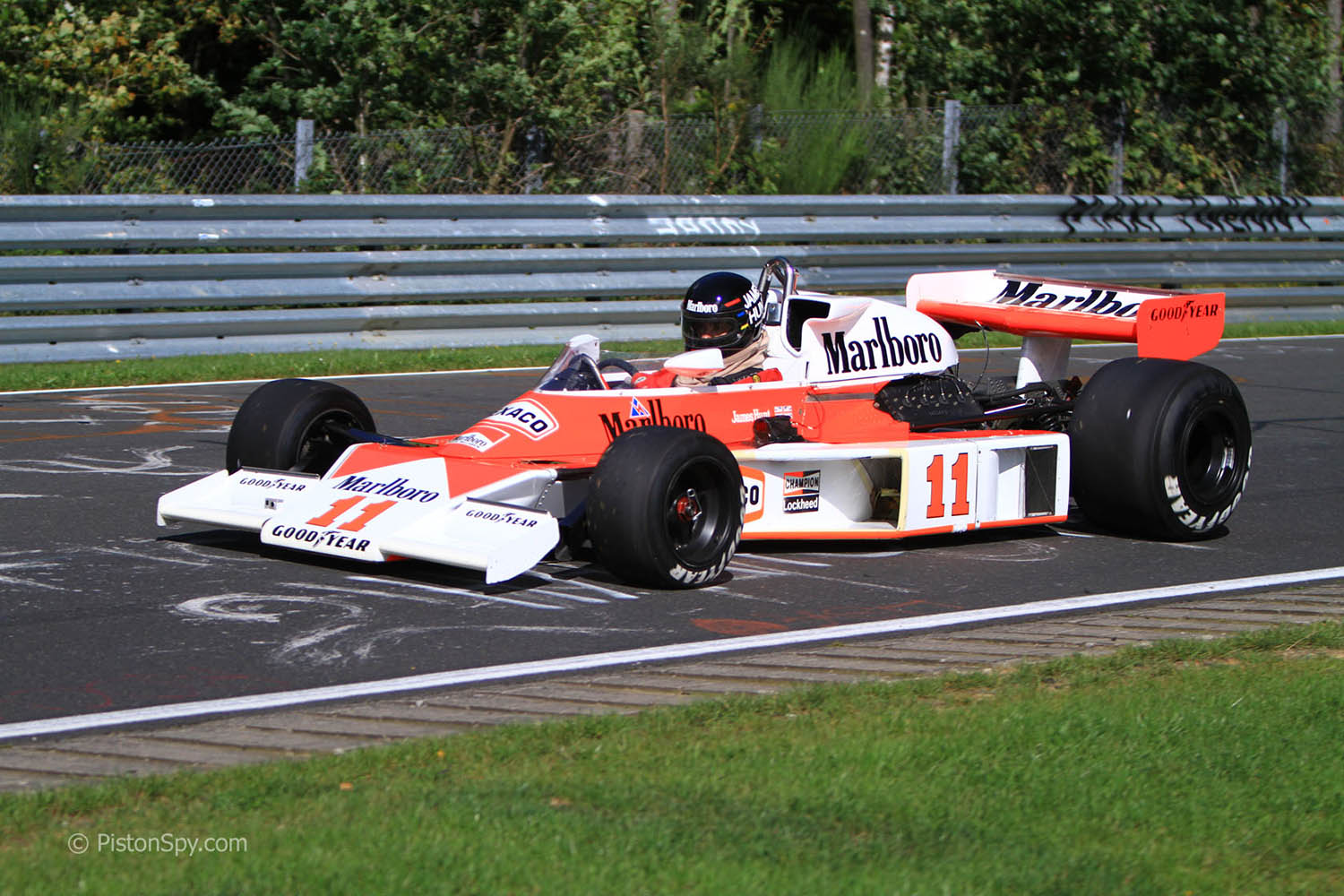
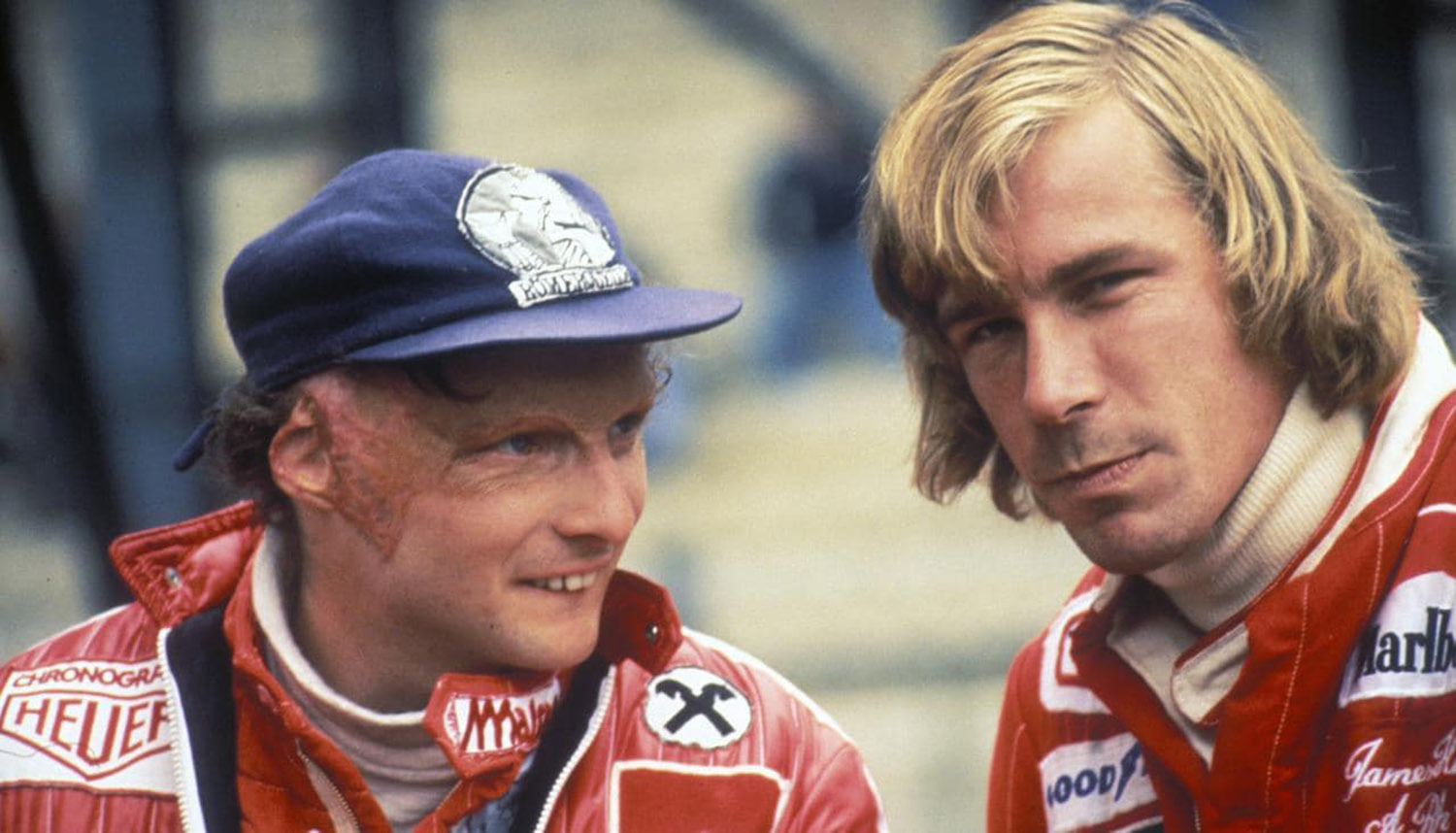

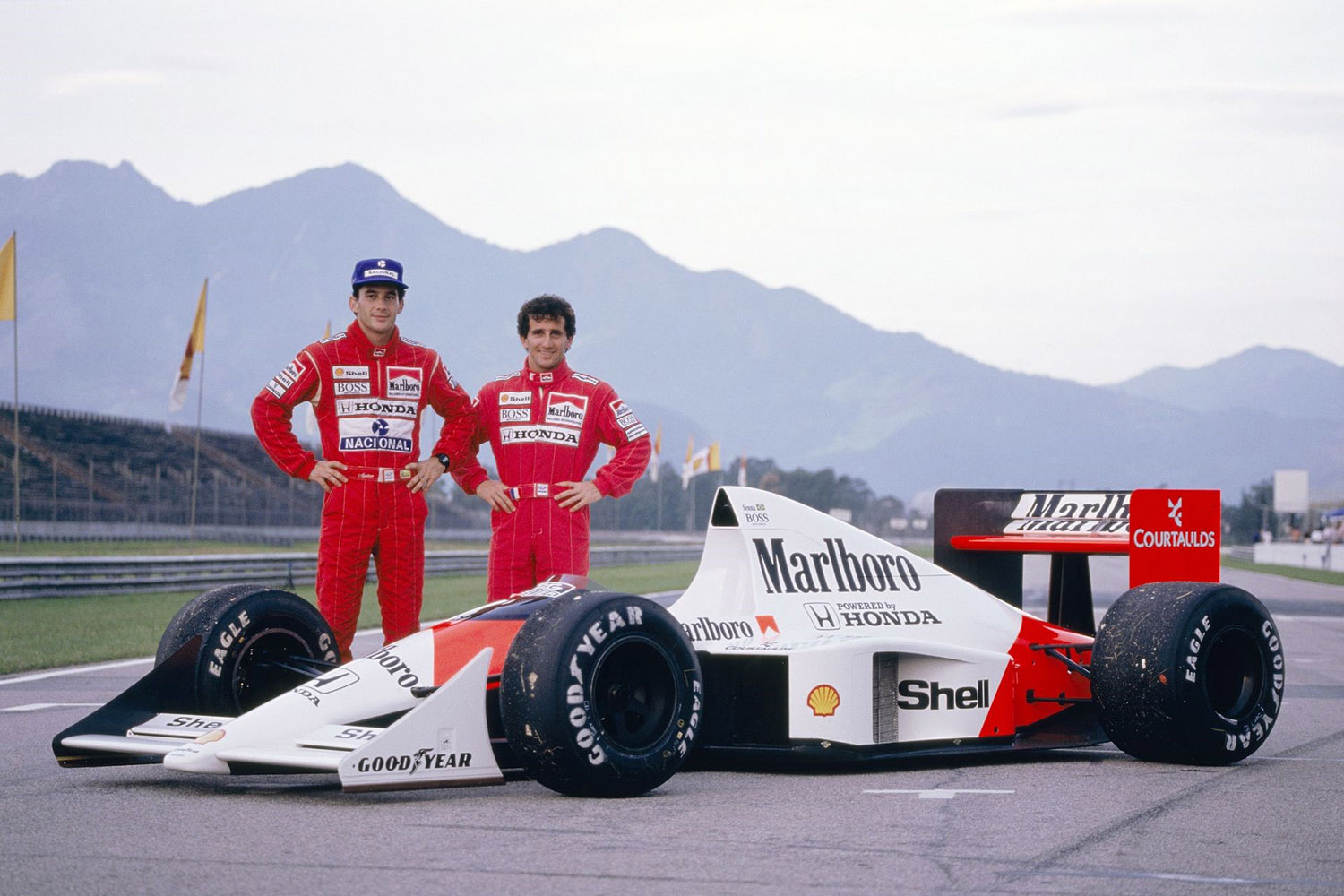
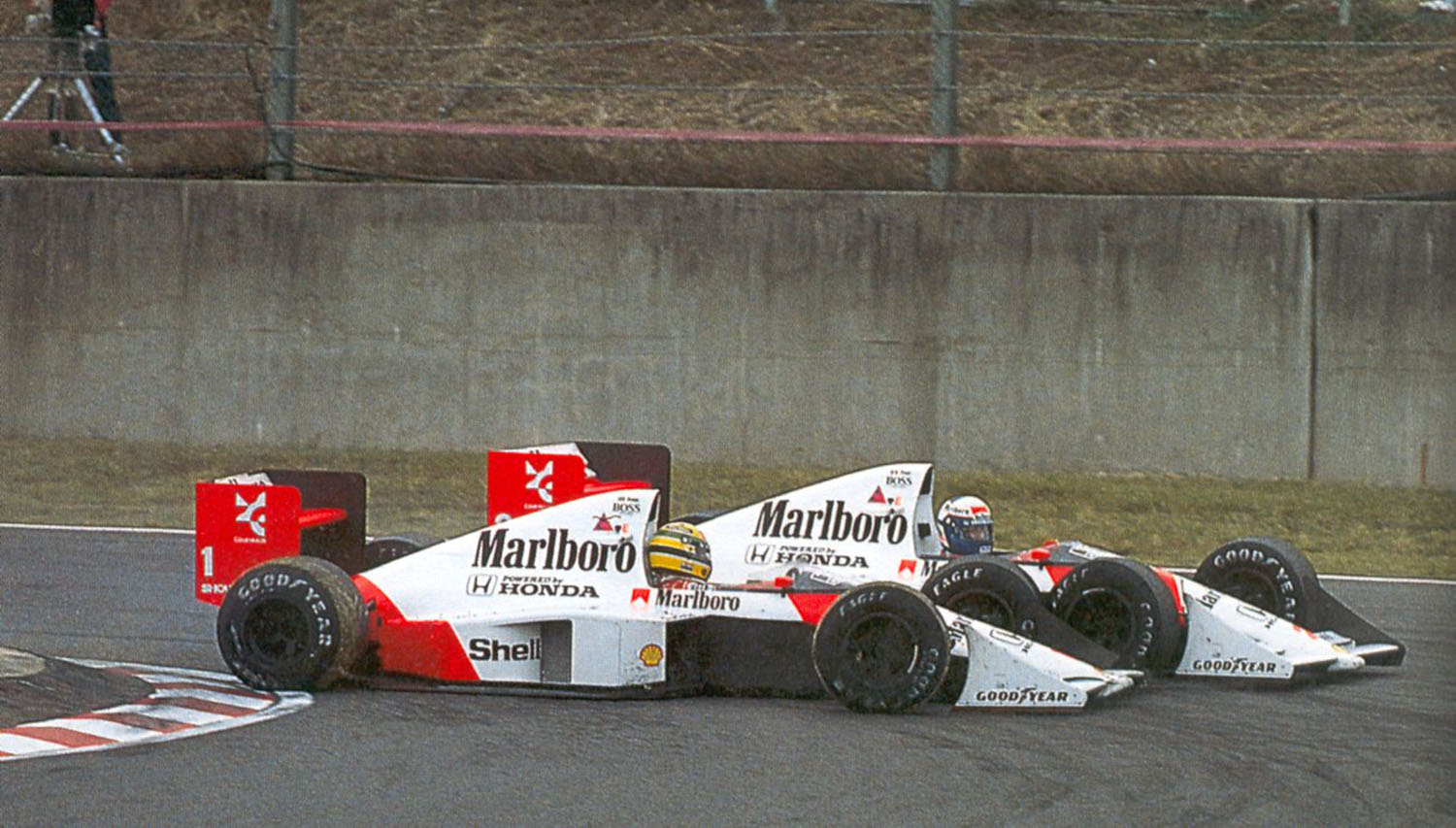

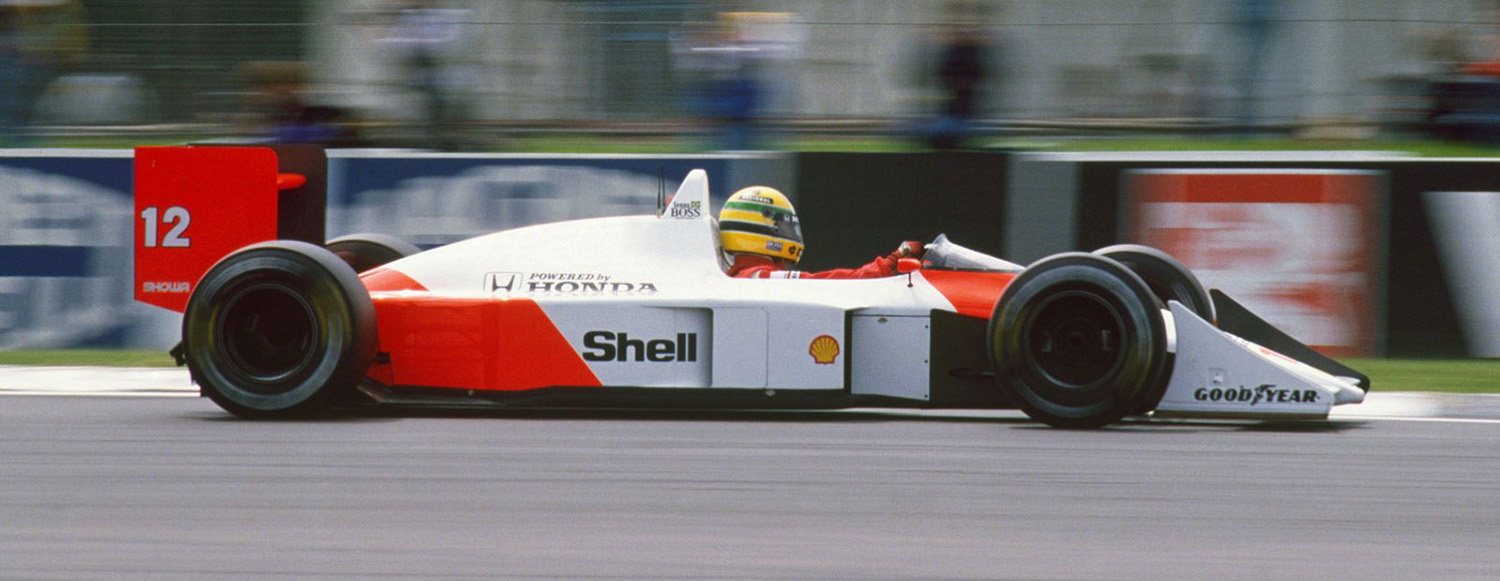
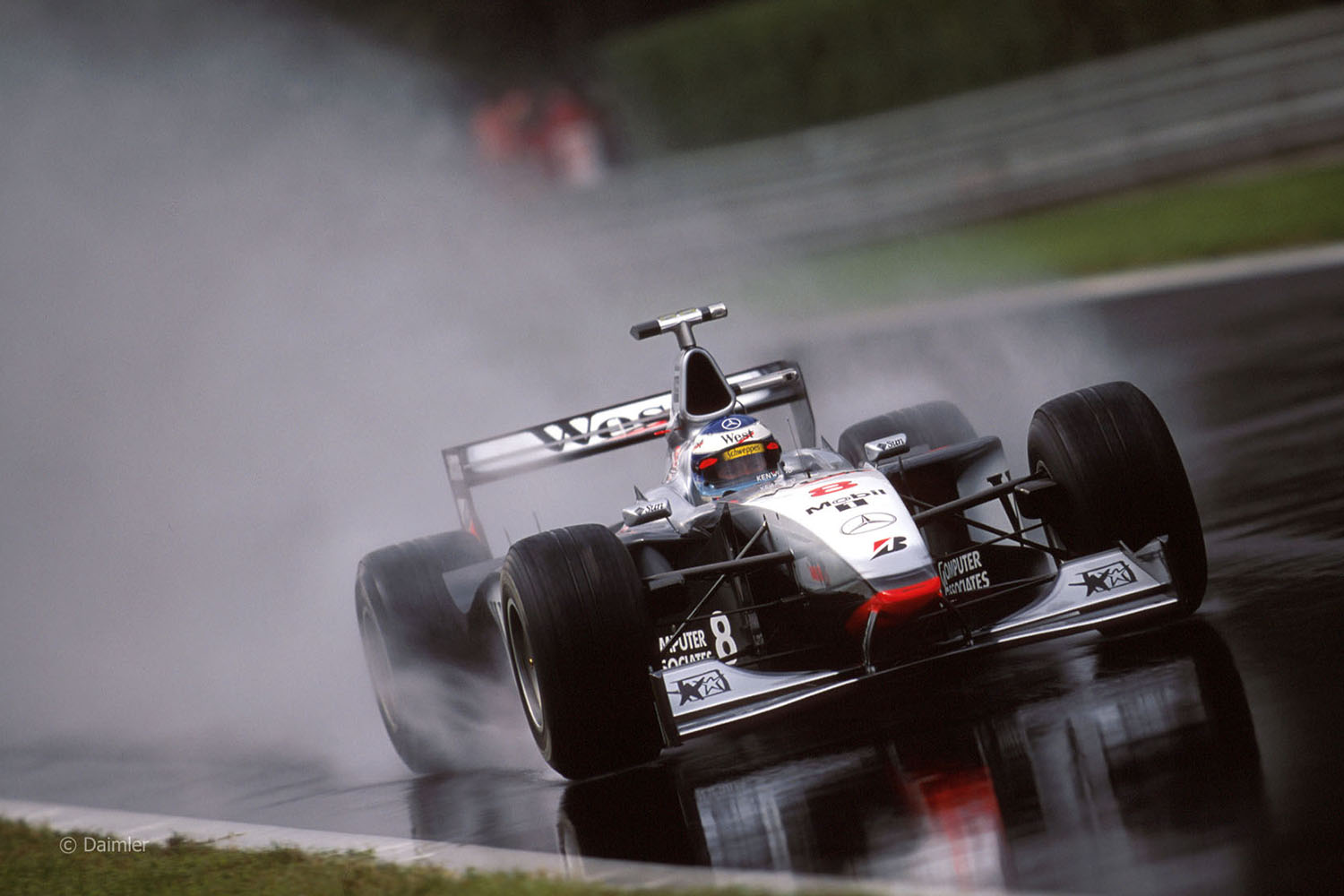
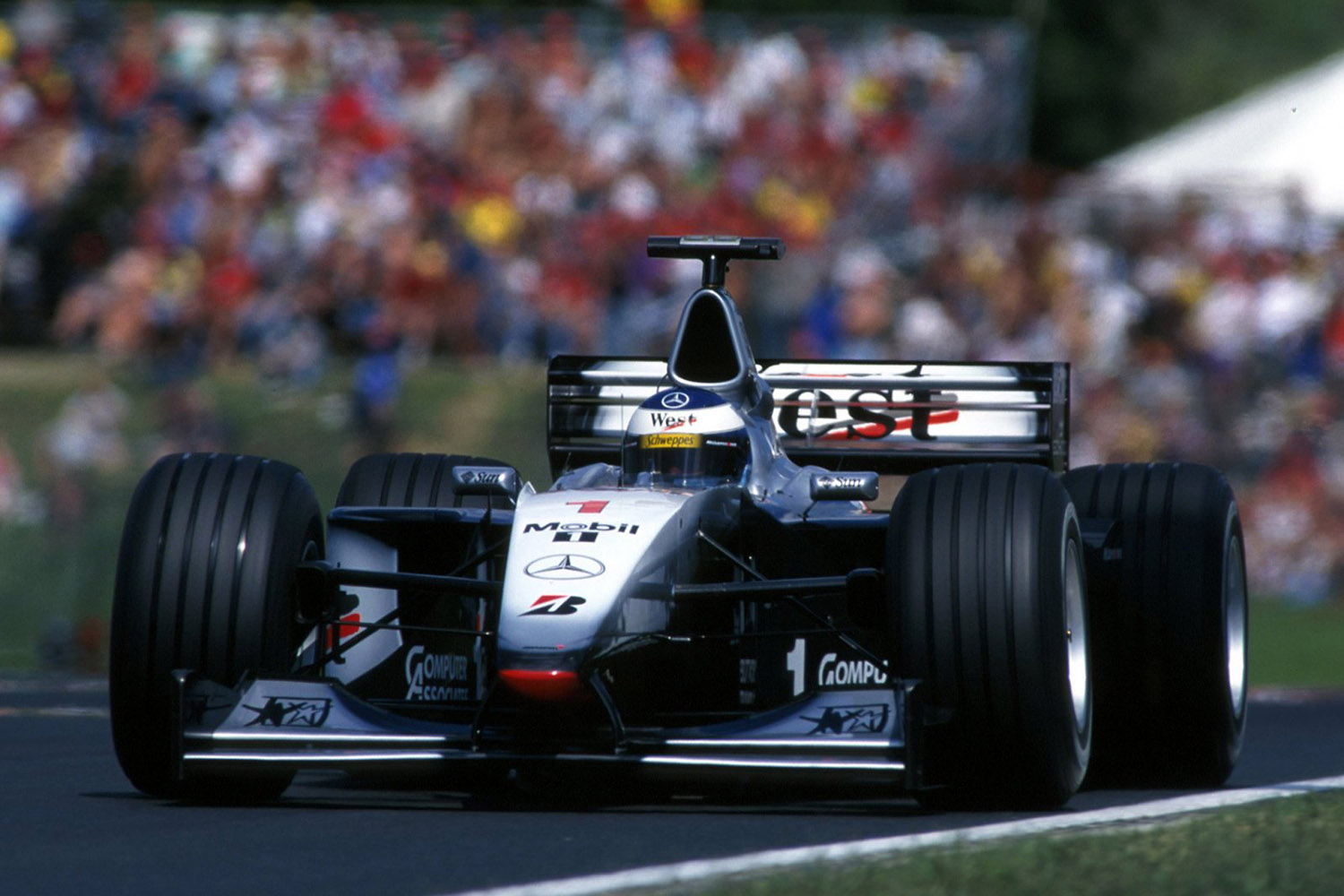
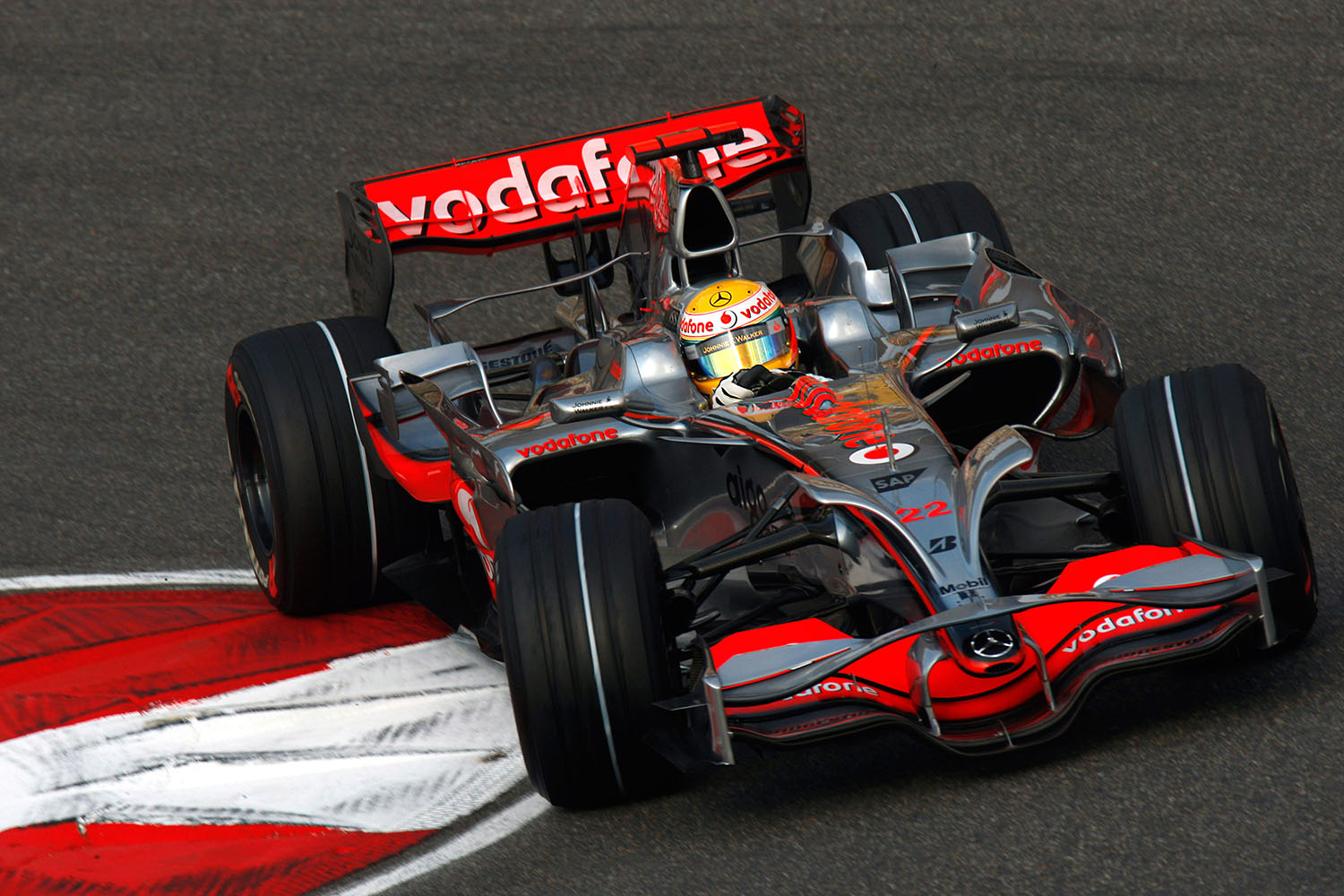
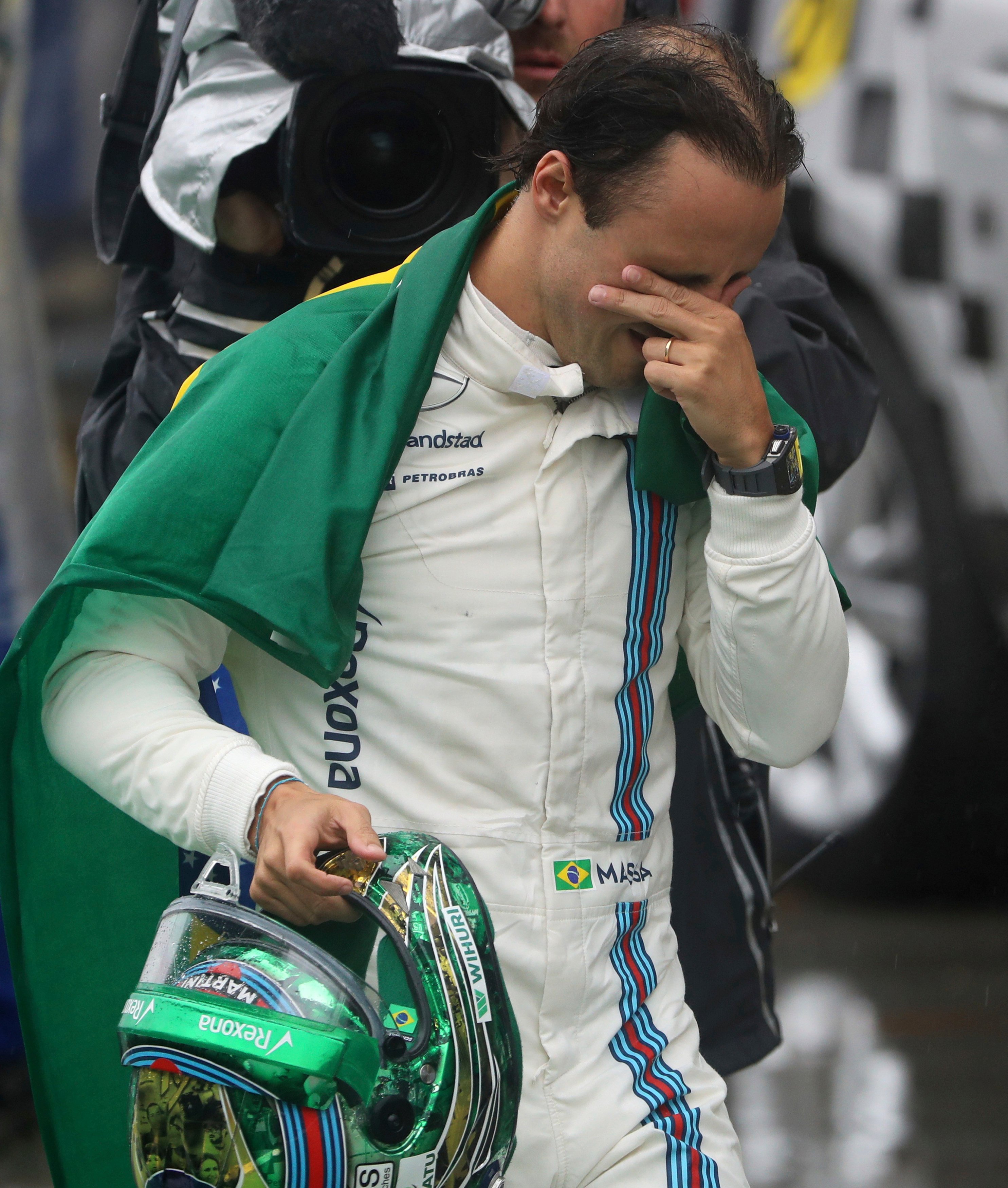

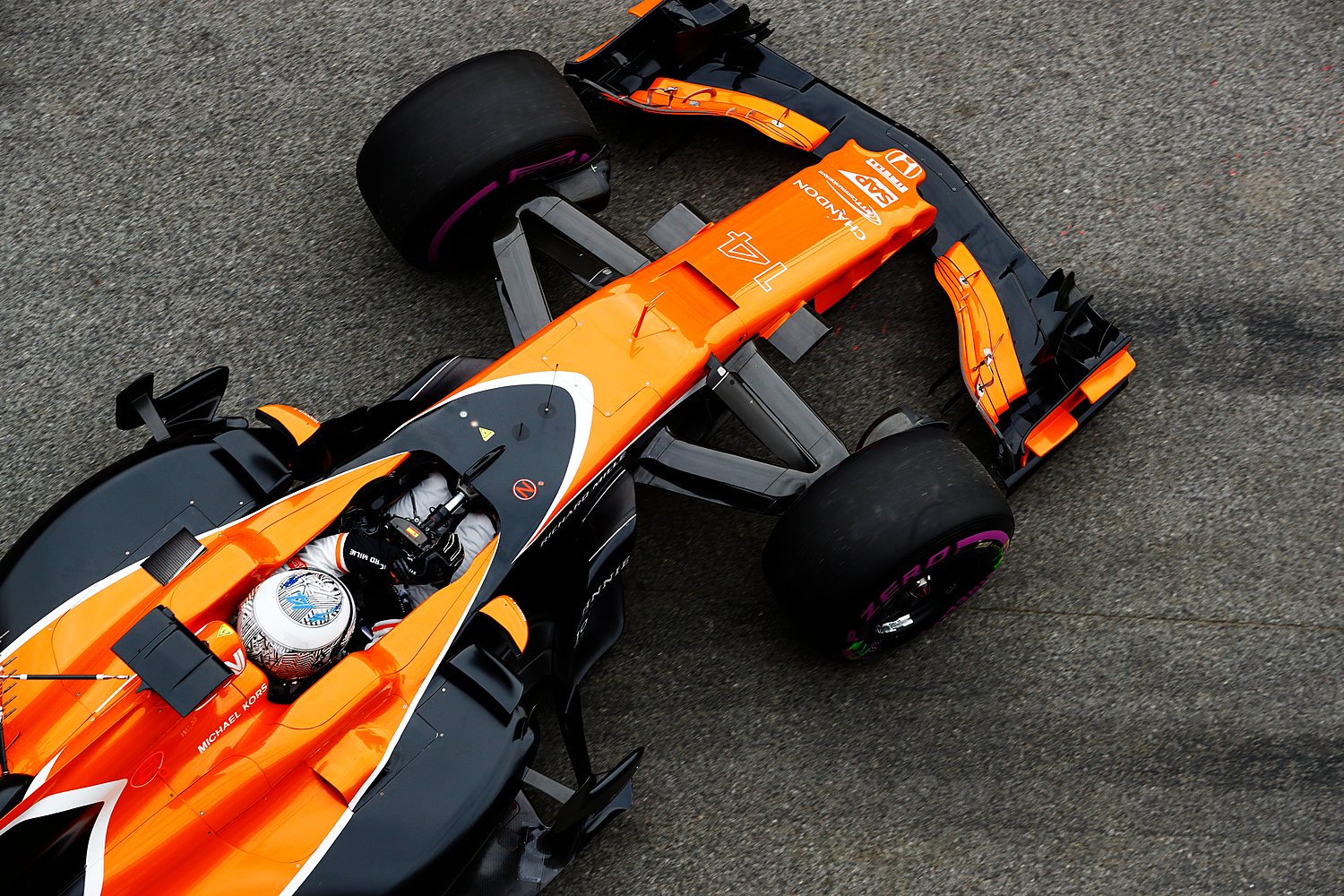
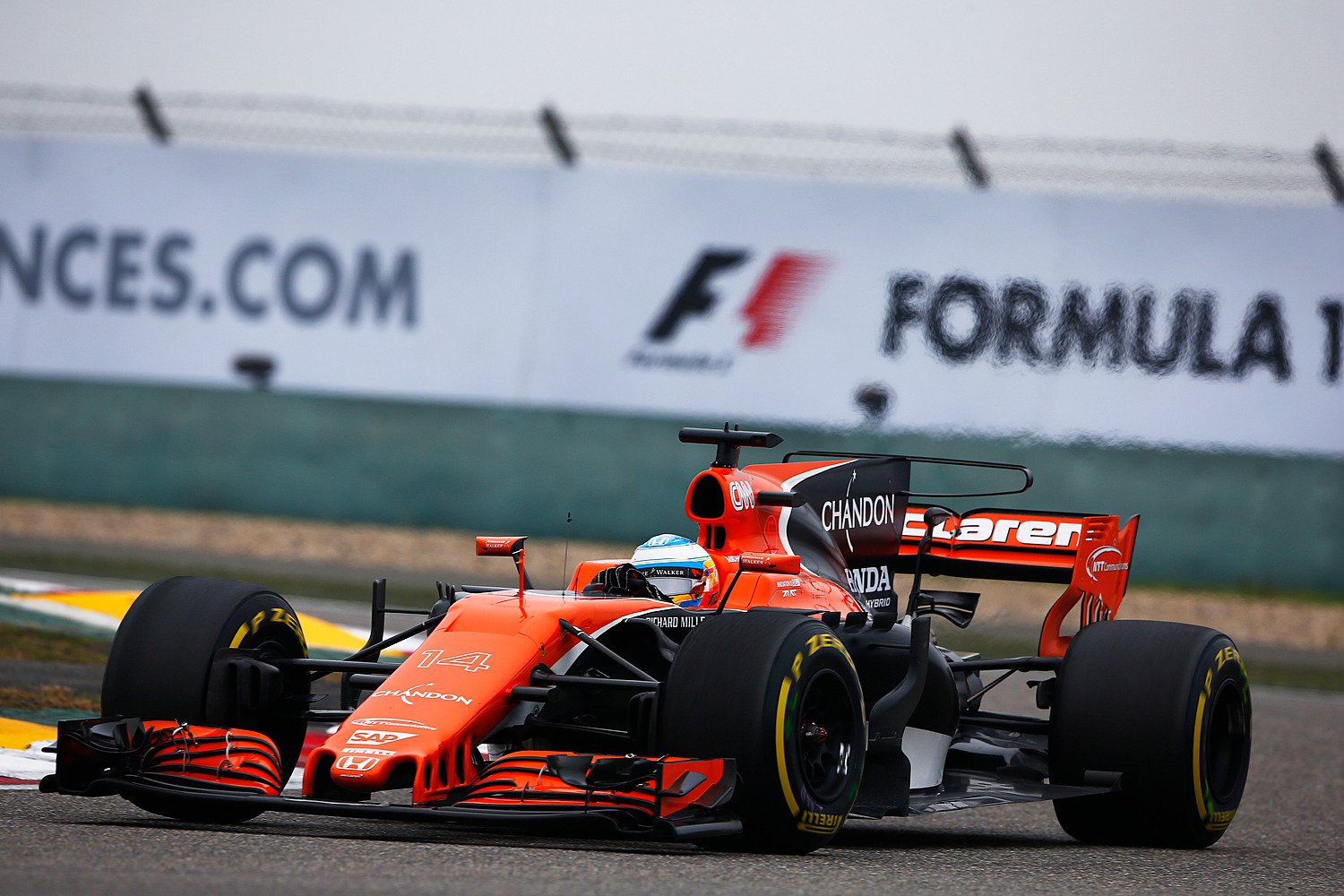
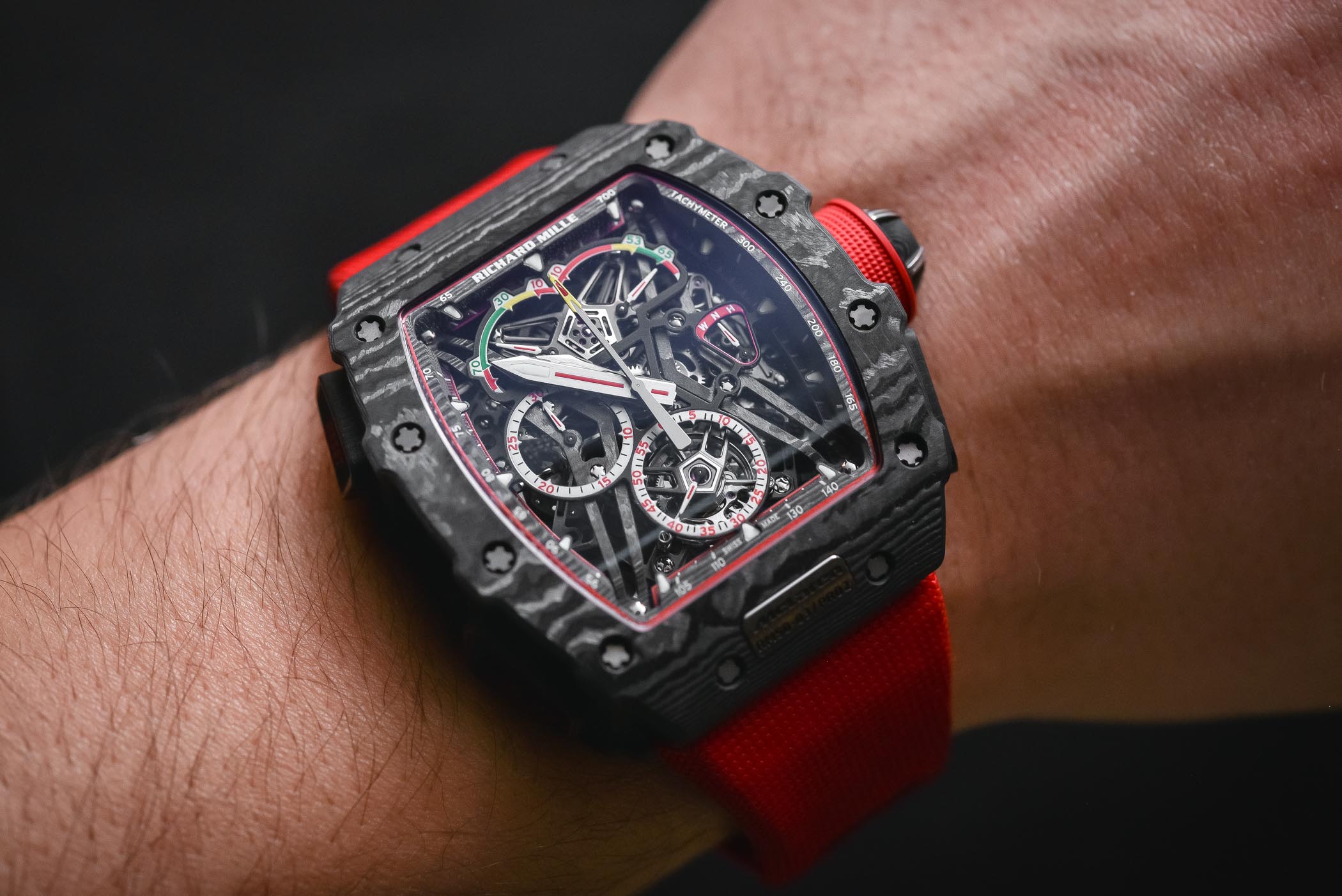
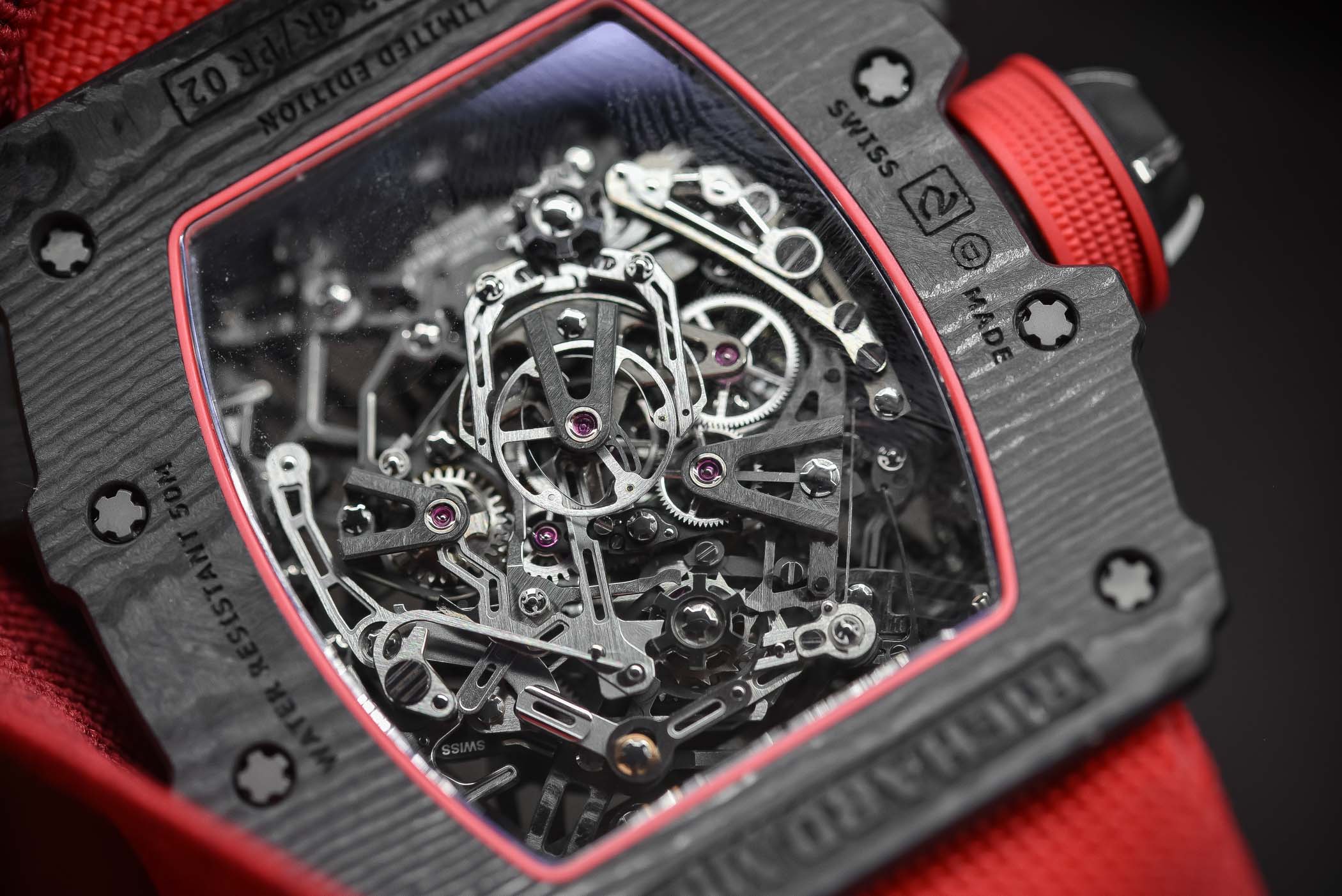
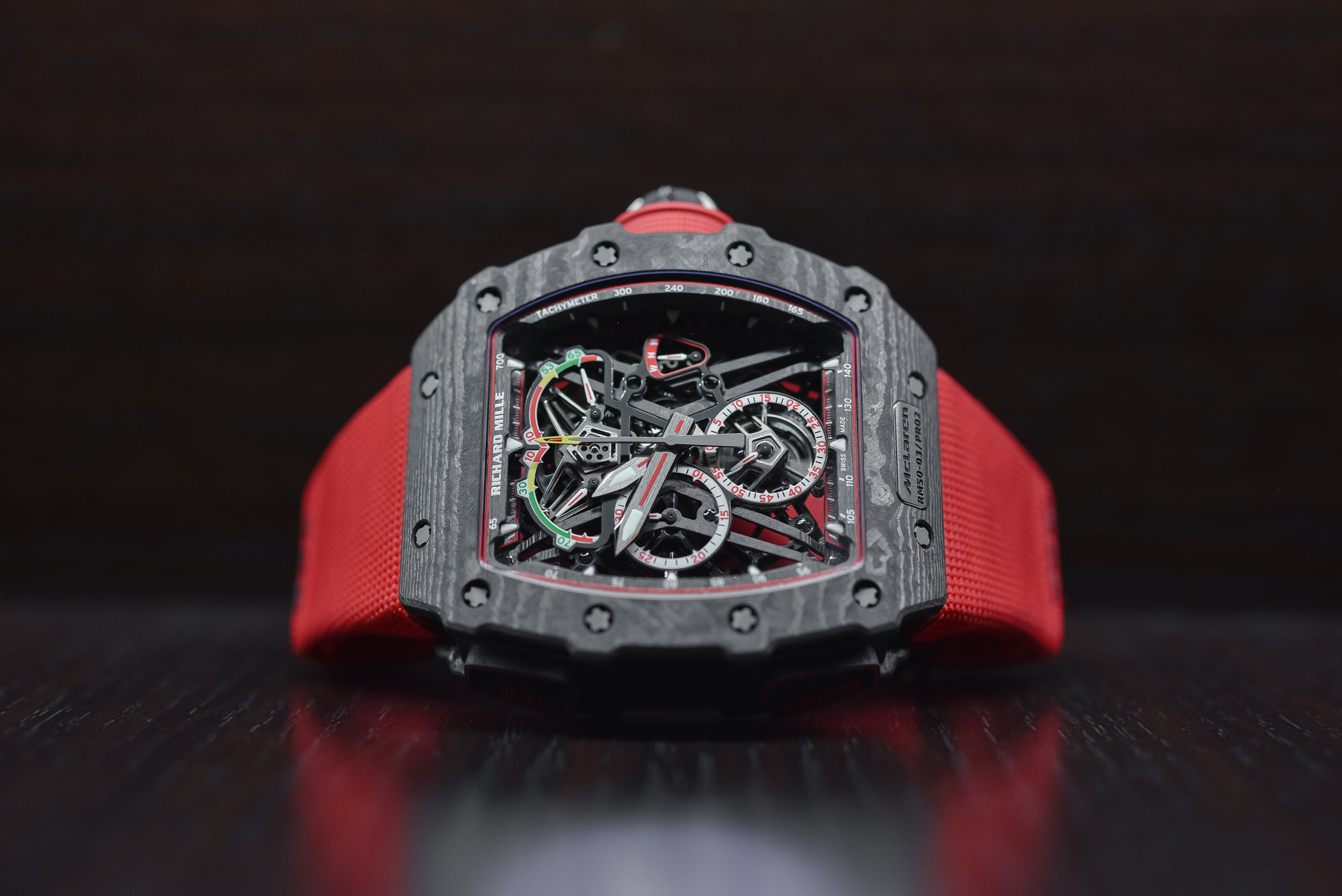



2 responses
Not immediately obvious which side is the watch face and which is the case back/exposed movement!
John Cooper owned Cooper F1 team, not Jack Brabham he who would go on to win the F1 championship in a car of his own design and name .Bruce McLaren drove for Cooper from 1958 to 1965 when he left to start his own team, he didn’t drive for Brabham in F1 .